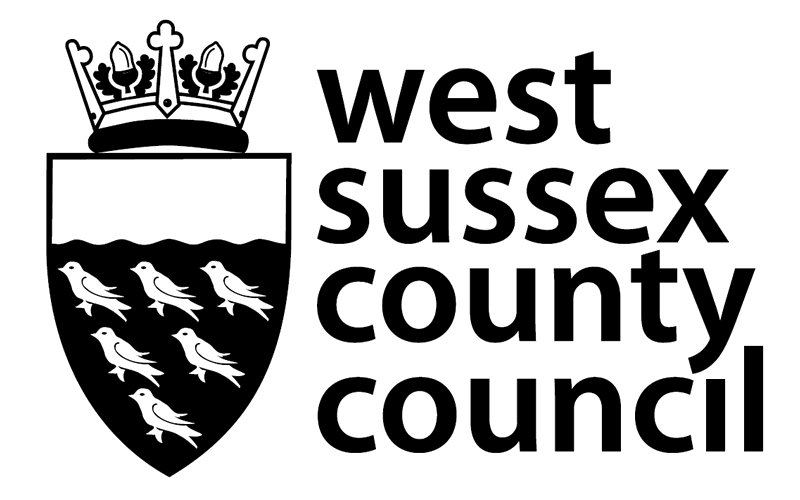West Sussex County Council has updated its Road Safety Strategy to encourage all road users to prioritise road safety, so that fewer people will be killed or seriously injured in collisions on its roads.
The council held a public consultation to get views from West Sussex residents, parish councils and professional organisations to prepare the new West Sussex Road Safety Strategy for 2025-2036.
In 2024, 19 people died in collisions on West Sussex roads and 507 were seriously injured. The strategy has been developed to reduce collisions by influencing behaviour and creating a safer road network for everyone. In turn, it is hoped more people will be encouraged to choose active and sustainable travel options such as walking, wheeling, cycling and riding because they will feel safer on pavements and roads.
It is based on the Vision Zero approach that people should not be killed or seriously injured when using roads, pavements and cycleways. Vision Zero is an internationally adopted principle with the target of achieving 0 (zero) deaths or serious injuries on the roads by 2050.
By integrating the World Health Organisation-endorsed Safe System for road safety, the strategy aims to reduce the risk of collisions and injury by focusing on:
- Speed management because evidence from national police data shows going too fast is the main cause of collisions and makes death or serious injury more likely in a crash, especially in rural areas.
- Planning and designing safer roads and using technology to identify risks to prevent collisions and protect those most at risk.
- Encouraging all road users, including riders and pedestrians as well as drivers, to prioritise road safety when they travel.
Councillor Joy Dennis, West Sussex County Council cabinet member for highways and transport, said:
“It is never acceptable for anyone to be killed or injured in a traffic collision.
“Keeping people safe is an integral part of our Council Plan. Our new West Sussex Road Safety Strategy has been developed with input from local people to take account of how daily travel patterns have changed since the Covid-19 pandemic.
“More people work from home now which has resulted in local ‘micro journeys’ throughout the day instead of long commutes and an increased need for safer walking and cycling routes. Technology has advanced too, providing us with more ways to manage traffic flows to prevent collisions.
“But there is only so much we, and the agencies we partner with, can do to make our roads safer. We rely on those who use them to also take responsibility and accountability for their actions and the impact their behaviour could have on others.
“As such, we will also work to increase awareness of road safety and provide training so that the road users who could cause the most harm are aware of how they can reduce the risk of death and injury for themselves and others.
“We want everyone who uses the highway network in West Sussex to be able to do so safely.”
The new strategy can be read online here: Road Safety Strategy 2025 to 2036 - West Sussex County Council
Vision Zero is a strategy to eliminate all traffic fatalities and severe injuries, while increasing safe, healthy, equitable mobility for all. First implemented in Sweden in the 1990s, Vision Zero has proved successful across Europe.
The World Health Organisation’s Save LIVES: a road safety technical package is an evidence-based inventory of priority interventions with a focus on speed management, leadership, infrastructure design and improvement, vehicle safety standards, enforcement of traffic laws and post-crash survival.


